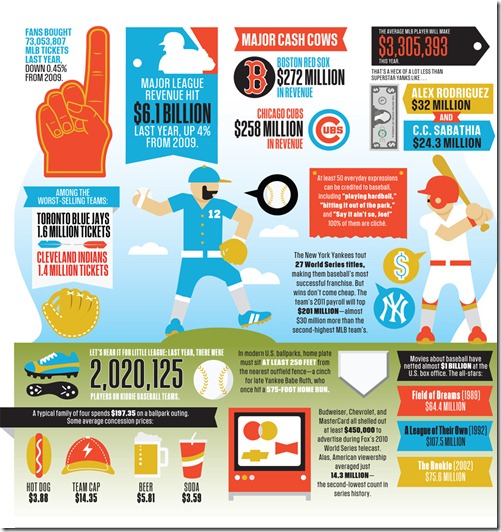Thanks to Durham’s community/destination marketing organization (DMO) and its corps of Durham Image Watchers, social media-giant Linked In has finally corrected its database of locations for user profiles to include Durham, North Carolina, one of the most highly rated in America.
Previously people who live or work in Durham were forced to use the name of a jointly-owned airport, Raleigh-Durham, as their profile location. I suspect that Linked In had been given a faulty list of cities such as most airlines use, which is a mix and match perversion of cities and airport names.
As a former Mayor of Durham repeatedly explained, “there is simply no such place as Raleigh-Durham.” It’s simply the name of an airport, located in the center of a polycentric area and midway between and co-owned by two distinct cities and counties and two distinct metro areas.
The list of locations Linked In used at inception obviously wasn’t subtle enough to grasp that Durham and Raleigh are very distinct cities let alone different MSAs or they tried to guess what the general area is called and missed that too.
A business as apparently savvy as Linked In isn’t interested in general areas anyway. They must be familiar with any number of studies which show that nearly 8 out of every 10 people prefer to characterize where they work or live by the name of a specific city, town or county followed by a small percentage who prefer neighborhood and tiny sliver who are okay being lumped into large general areas.
To its credit Linked In made the correction but they could have made it easier for users by using a simple list of zip codes to make the change. Instead users, if they are even aware of the improvement, are now left to individually fight through the instructions which have been inserted as one of the images in this blog post.
Or follow these steps:
- Go to the “Help Center” link at the bottom of your Linked In page
- Click on “Manage Account Settings”
- View personal info by clicking on the “Settings” link
- Click on “edit your name, location and industry”
- Click on Durham, North Carolina as location
Durham’s DMO the Durham Convention & Visitors Bureau was just being diligent in its role as a DMO, but unfortunately for other communities, many DMOs never pay attention when oversights or mistaken identities occur which greatly marginalize if not entirely negate any effectiveness they have in promoting their communities.
Without addressing the ways in which a community’s brand is being misused or undermined, any other marketing is pretty much like trying to put a forest fire out with a garden hose hooked to only a rain barrel.
There may even be a few DMOs that sit on their hands knowing the community on the front end of the hyphen will be the only one remaining when the reference is inevitably truncated. They probably don’t realize that the gain, even through omission, is still unethical.
Hyphenations are anathema to community brands but especially one like Raleigh-Durham which, unlike others, isn’t even in alphabetical order. I’ll leave the unethical behavior that reversed the order for another post. We certainly don’t want any “eye-rollers” to cramp up. The fact is, vigilance requires defending a brand at every “touch-point.”
Rectifying things like this doesn’t take a lot of resources, just persistence and vigilance and empowering internal stakeholders including local officials in the community to help out.
It can usually be done with a light touch but even though such a rectification is beneficial to all concerned, some sources get defensive and require some tough love. Before Linked In, DCVB and Durham Image Watchers persuaded Facebook to make the distinction between the airport and the actual communities.
I noticed recently that Durham’s largest and newest theater may be the #2 most-attended theater in the nation according to Pollster, but to Ticketmaster it is a  “Raleigh” facility because the ticketing giant, like Time-Warner doesn’t grasp that what’s important to customers is the physical location of the event and facility not where Ticketmaster happens to maintain an office.
“Raleigh” facility because the ticketing giant, like Time-Warner doesn’t grasp that what’s important to customers is the physical location of the event and facility not where Ticketmaster happens to maintain an office.
More than two decades ago, when Durham first jumpstarted its DMO, one of the first things that organization did was to clean up misidentification in thousands of print directories, maps, travel and convention reference guides as well as datelines in news sources.
There is no way that any level of promotion by a DMO can ever hope to overcome misinformation such as this so there is no choice but to wade in and clean it up. Then along came the Internet and the companies that populate navigation systems and the process started all over again.
About the time Durham’s DMO had the misinformation under control and in retreat, along came social media sites that ironically were re-infected by the same misinformation that had plagued hard-copy sources.
For example, the sources for community locations used by Groupon.com obviously don't grasp the meaning of “local” in many instances including Durham. Lumping Durham with scores of other communities and metro areas misleads people instead into long commutes that burn more in gas than the coupons will save thus ripping off both the consumer and the outlet granting the coupon.
As any DMO goes about cleaning up or mitigating misinformation about a community, as Durham did, it may need to weather some condescension and obstinacy and grief from those who have benefited from the dissonance such as a Raleigh City Council member who publicly moaned “I’m not looking forward to being like Durham” only to be reassured in a Durham Herald-Sun editorial:
“don’t worry… Raleigh isn’t in imminent danger of having that much fun.”
Or the DMO may possibly have to weather some “friendly-fire” from those who may be under the spell of a few who seem in denial about this condescension or who feel they may benefit from obscuring community brands such some seem to think in the business of broadcast television.
But in time, any grousing, if well-intended and intellectually honest will come around to realizing that a strong community brand is no threat even to those who see the world from 30,000 feet up.
For any diligent DMO, the job of defending a community’s brand, which of course includes its identity, never ends but it is the equivalent of the expense of millions of dollars in marketing that would be literally neutralized if not wasted were the misinformation not rectified.








